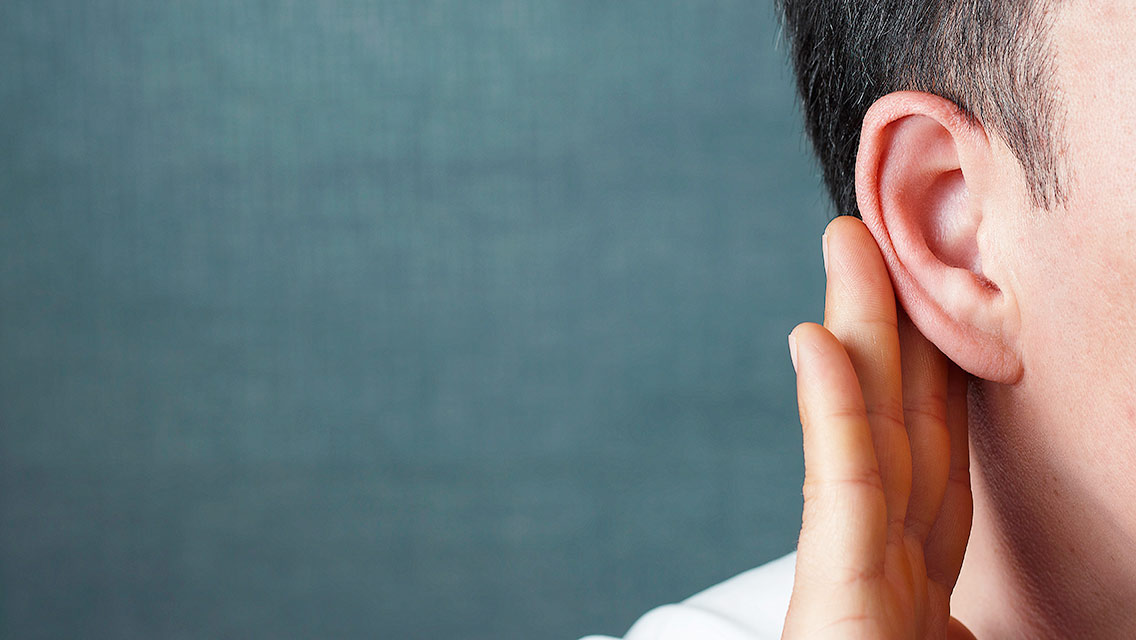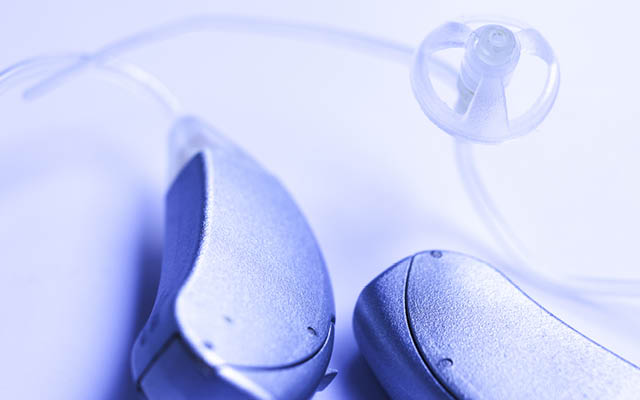Mammals, I’ve recently learned, are the only vertebrates that are incapable of regenerating the sensory hair cells in the ear that enable us to hear. Birds can do it, frogs can do it, fish can do it. But once the human ear begins to lose its ability to capture sounds, that’s it: You either wander aimlessly amid some muffled auditory landscape or pony up for hearing aids and hope for the best. And when they eventually fail — which they do — you’re left with few appealing options.
I’ve been navigating recently with naked ears, reliving the frustrations and embarrassment that sent me to an audiologist more than five years ago in search of a solution. The pair of hearing aids I came away with back then were as life changing as promised, but the one in my left ear stopped working a few weeks before the pandemic struck; a combination of quarantine and skepticism kept me from returning to the clinic to see if it could be fixed. And then, a couple of weeks ago, the contraption in my right ear not only went on the fritz, but when it did, I removed it and stuck it in my pants pocket — only to discover later that it had disappeared through a hole.
Yes . . . that was dumb. These things are pricey.
All of which makes me yearn for the ears of a sparrow. Thankfully, there are people like Rahul Mittal, PhD, devoting years of research into the workings of the human ear to learn how it may someday be persuaded to regrow the cells in the cochlea that converts sound vibrations into the electrical signals the brain needs to allow us to listen to sparrows chirping, toads croaking, and all the other sounds the world offers.
Mittal, a research scientist at the University of Miami, last year led a team that reviewed numerous studies on the effect of epigenetics — the modifying of genetic expression — on cochlear hair cells in non-mammals. They learned that naturally occurring genetic triggers were responsible for regenerating these cells, raising hopes that scientists someday could manipulate these genes in humans in such a way to restore their hearing.
“Epigenetic modifications have been shown to be critical in the regenerative process in these organisms,” he writes in the journal Gene, “raising the possibility that such modifications could be utilized as a therapeutic approach in humans.”
Perhaps the most hopeful illustration of this approach was revealed in a 2018 study led by Patricia White, PhD, at the University of Rochester Medical Center. White had earlier identified a type of neuroreceptor — epidermal growth factor (EGF) — that triggers cells in birds’ auditory organs and sparks the production of new sensory hair cells. Mice harbor EGF receptors as well, but White believes a glitch in their evolution prevents them from regenerating the dead cells.
Focusing on a specific EGF receptor, ERBB2, found in cochlear support cells, White’s team tried various strategies to activate the receptor’s pathway in lab mice: first with a virus, then with two drugs designed to stimulate stem-cell activity in the eyes and pancreas. A third experiment involved mice that had been genetically modified to overexpress an activated ERBB2 receptor. Each attempt initiated a complicated cellular process that resulted not only in the production of new sensory hair cells, but also the integration with the nerve cells necessary to restore hearing.
“The process of repairing hearing is a complex problem and requires a series of cellular events,” White explains. “You have to regenerate sensory hair cells and these cells have to function properly and connect with the necessary network of neurons. This research demonstrates a signaling pathway that can be activated by different methods and could represent a new approach to cochlear regeneration and, ultimately, restoration of hearing.”
It’s clearly a long road from genetically manipulating the cells in a lab mouse to offering hearing-impaired mammals like myself therapeutic options beyond hearing aids, but it’s comforting to know there are people like White and Mittal plodding along toward some breakthrough. Meanwhile, I finally took my broken hearing aid to the clinic last week in the hope that somebody there might find a way to fix it.
I carried it in a pocket without a hole.





This Post Has 0 Comments